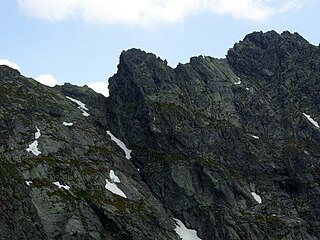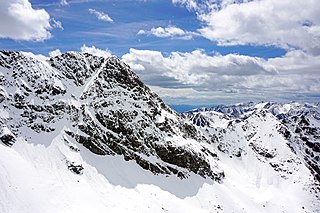Self-guided Sightseeing Tour #1 in Zakopane, Poland
Legend
Tour Facts
0.4 km
0 m
Experience Zakopane in Poland in a whole new way with our free self-guided sightseeing tour. This site not only offers you practical information and insider tips, but also a rich variety of activities and sights you shouldn't miss. Whether you love art and culture, want to explore historical sites or simply want to experience the vibrant atmosphere of a lively city - you'll find everything you need for your personal adventure here.
Activities in ZakopaneIndividual Sights in ZakopaneSight 1: Zawratowa Turnia
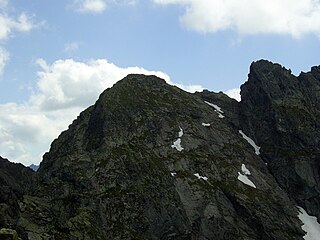
Zawratowa Turnia – a crag in the eastern ridge of Świnica in the High Tatras. It is located in this ridge between the Blue Crag, separated by the Blue Pass, and the Little Kozi Peak, from which it is separated by the Zawrat Pass.
Sight 2: Niebieska Turnia
Blue Turnia – a crag rising to a height of 2262 m in the eastern ridge of Świnica, separated from Gąsienicowa Turnia by the Blue Pass Wyżnia, and from Zawratowa Turnia by the Blue Pass. Its northern slopes fall to the Mylna Kotlinka in the highest level of the Zielona Gąsienicowa Valley, while the southern slopes to the glacial cauldron of the Valley under the Wheel. The upper part of these slopes, both on the south and north sides, are steep walls where there are climbing routes. The crag is difficult to access, but quite often visited by mountaineers. On the eastern side, it is undercut by a fault almost 40 m high, usually overcome by rappelling.
Sight 3: Gąsienicowa Turnia
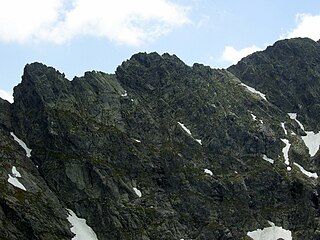
Gąsienicowa Turnia – an unpremeable, rocky hill in the eastern ridge of Świnica in the High Tatras. It has four peaks with heights from west to east: 2266 m, 2279 m, 2276 m. They are separated from the neighboring Blue Turnia by the Blue Pass Wyżnia, and from Świnica by Gąsienicowa Przełączka, Świnicka Kopa and Świnicka Szczerbina Wyżnia.
Sight 4: Świnicka Kopa
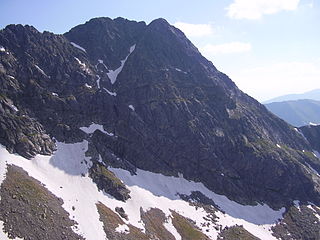
Świnicka Kopa – an unremarkable crag in the eastern ridge of Świnica in the High Tatras. It is located between the main, keystone peak of the Świnica massif and Gąsienicowa Turnia. It is considered by some to be the third peak of Świnica. From the south, it descends through cliffs to the Valley under Koło, and the red tourist trail from Kasprowy Wierch to Zawrat leads along them. The northern cliffs of Świnicka Kopa fall into the Mylna Kotlinka in the Gąsienicowa Valley.
Sight 5: Svinica / Świnica
Świnica (Polish) or Svinica (Slovak) is a mountain in the main crest of the High Tatras, on the Polish-Slovak border. The main peak is at 2,302 m AMSL. A marked trail leads through the summit. The Polish name Świnica was given to this summit in the mid 19th century. It probably refers to the resemblance of the peak to silhouette of a swine. Another, doubtful explanation, is that the summit was difficult to reach.
Share
Disclaimer Please be aware of your surroundings and do not enter private property. We are not liable for any damages that occur during the tours.
GPX-Download For navigation apps and GPS devices you can download the tour as a GPX file.
